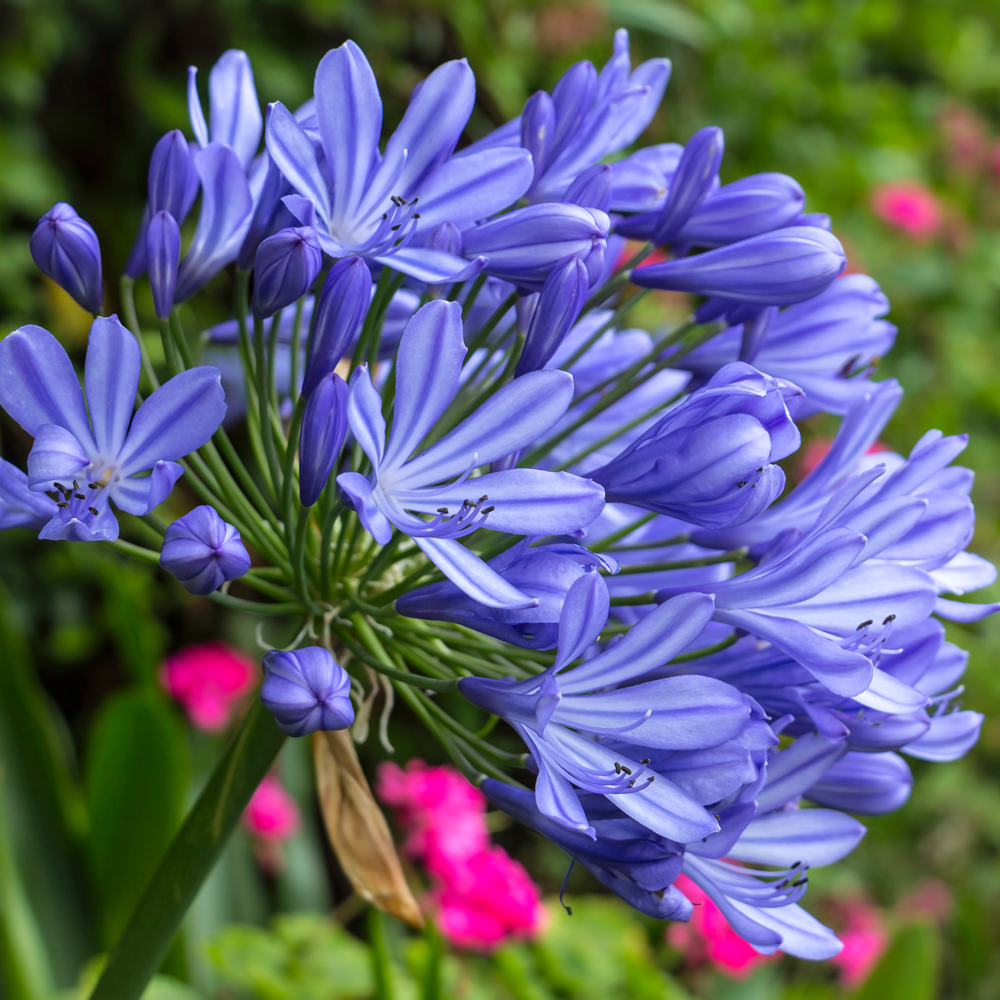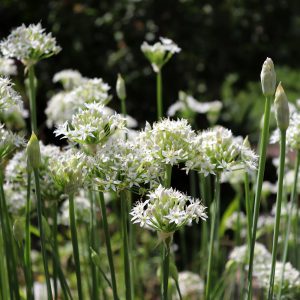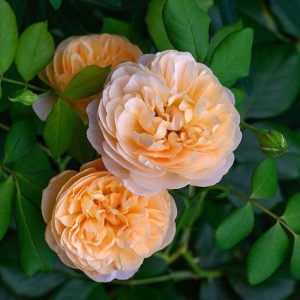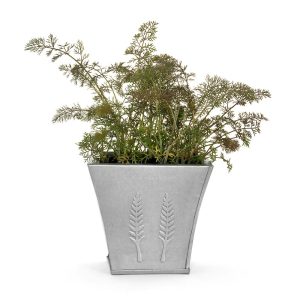Description
Agapanthus, which are commonly known as African Lilies or Lily of the Nile due to the similar flower shapes. Often grown for their height they flower on top of tall spikes surrounded by low growing foliage which can be beautifully complemented by lower growing perennials or bedding plants grown around the base. Good companion plants include Dianthus, Leucanthemum and Alstroemeria.
Key Facts
- Common Name(s):African lily ‘Pinocchio’
- Hardiness:Half hardy and would benefit from protection through Winter.
- How big will I get? Agapanthus ‘Pinocchio’ can grow to a height of 0.5m and a spread of 0.3m.
- Did You Know That:The name Agapanthus is Greek for ‘Love Flower’?
Plant Calendar
A rough guide to how this plant will change through the year.
| Jan | Feb | Mar | Apr | May | June | July | Aug | Sept | Oct | Nov | Dec | |
| Flowering Time |   |
  |
||||||||||
| Foliage Colour |   |
  |
  |
  .png” /> .png” /> |
  .png” /> .png” /> |
  .png” /> .png” /> |
  |
  |
  |
| J | F | M | A | M | J | J | A | S | O | N | D |
  |
  |
||||||||||
  |
  |
  |
  .png” /> .png” /> |
  .png” /> .png” /> |
  .png” /> .png” /> |
  |
  |
  |
Care Guide

Soil Requirements
Agapanthus ‘Pinocchio’ prefers moist but well-draining soil. This plant can grow in soil with a wide range of pH levels, it is not picky about the pH level of the soil.

Best Position
Agapanthus ‘Pinocchio’ prefers a sheltered position and requires full sun to thrive, this consists of more than six hours of direct sunshine per day.

Maintenance
Agapanthus ‘Pinocchio’ should be cut back in the autumn will promote growth the following year by redirecting energy from seed production and foliage maintenance to root growth.

Pest, Diseases and Wildlife
Agapanthus ‘Pinocchio’ can have problems with slugs, it can be vulnerable to certain diseases such as virus’. It is also known to attract bees and other pollinators. It is toxic to cats, dogs and people.





